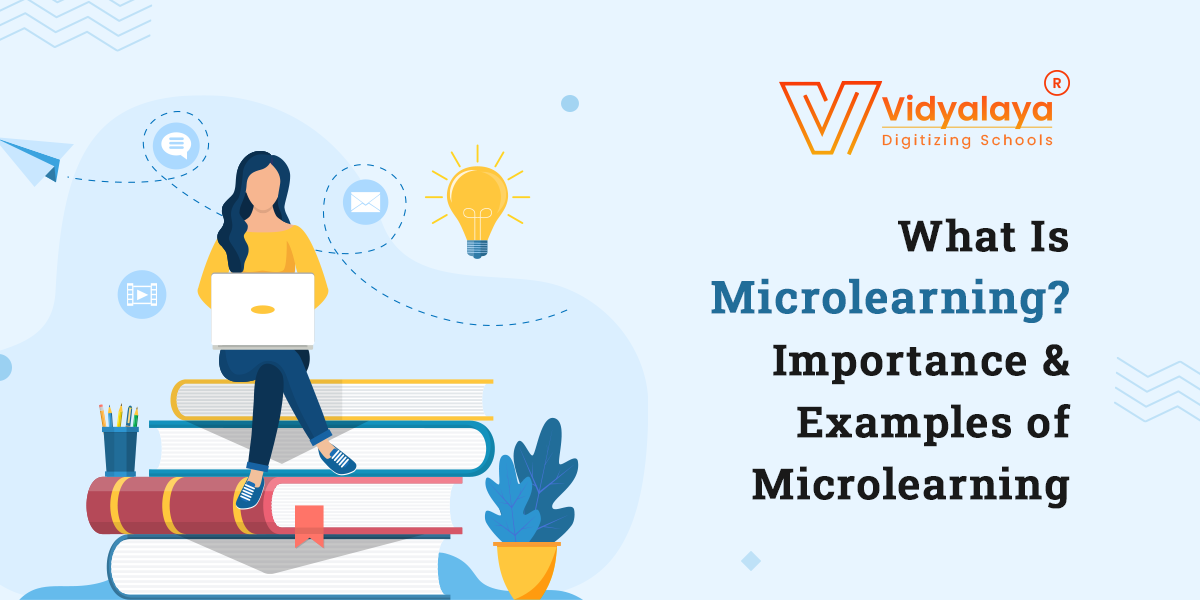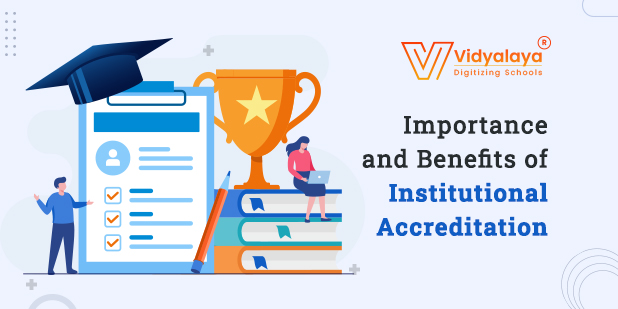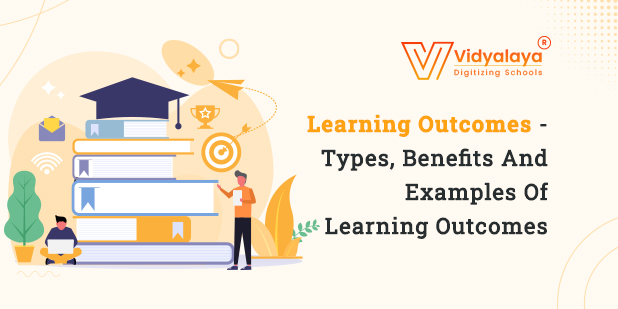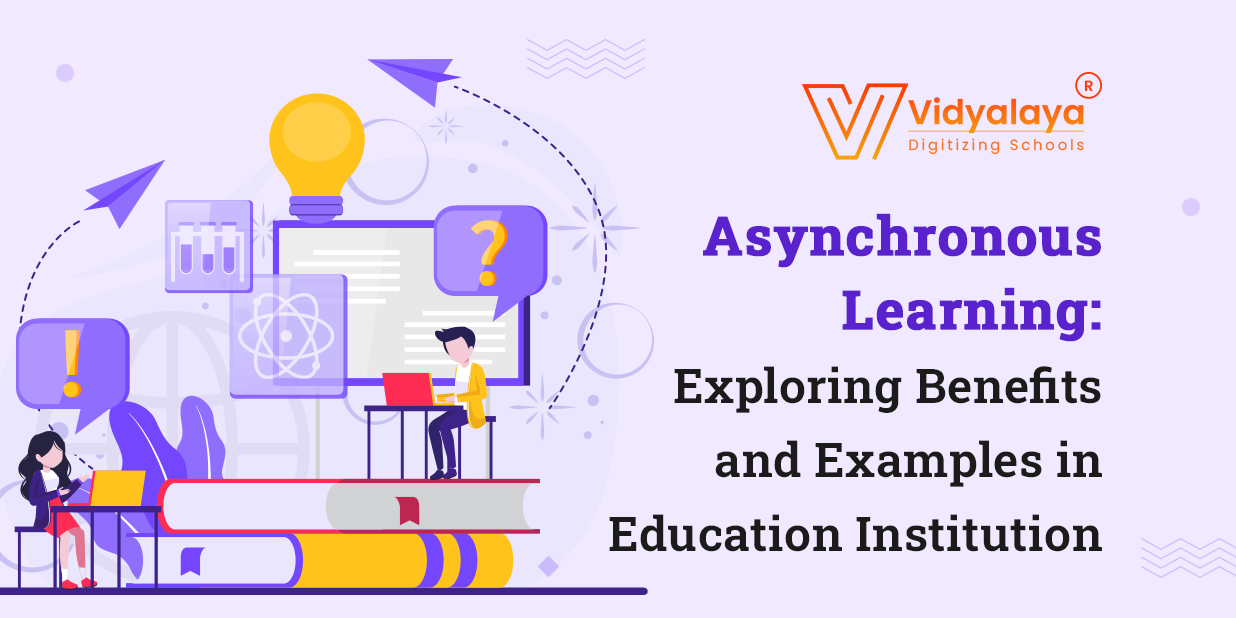Imagine two scenarios: One is a lengthy video explaining a complex topic in a continuous session and in another, the speaker is explaining the same concept in the divided manner of short-duration videos. What’s your favorite? If you are into the latter side, that fond of short videos explaining a complex concept in bites, then congratulations! You are already familiar with microlearning. Microlearning is a learning strategy that divides new information into small chunks at a time. According to Statistic Brain Data, the human attention span has decreased from 12 seconds to 8.25 seconds in 2015. This leaves a big scope for microlearning, which is completely based on small yet powerful knowledge chunks. Let’s shed light on how this tiny concept can be a future of learning and in what forms this microlearning is introduced to the education sector!
What is Microlearning?
The concept of microlearning is based on Hermann Ebbinghaus forgetting curve. Based on his theory, memory doesn’t remain constant. So, breaking a large concept into small bite-sized chunks becomes an effective technique to understand and learn the concepts. The key characteristic of microlearning is brevity- derive small learning units or short-term learning activities. Microlearning offers short content in many forms at per user’s convenience. While combating with the theory of forgetting curve, microlearning breaks down the information into bite-size chunks so that students can revisit them over time, improving retention of key aspects, and implementing them in daily workflow. Modern learning management system perfectly incorporates these characteristics by:
- Centralizing educational material
- Administrative Task simplification
- Course design and development
- Identifying areas for improvement
What are the Advantages of Microlearning?
The micro-learning approach facilitates educational institutes with various benefits. Some of them are mentioned below:
1. Increases Learner’s Engagement:
When large information are presented in a continuous manner, it becomes monotonous and may lose interest. This is exactly addressed by a learning management system equipped with microlearning principles. Students tend to be more interested when they know that they have to sit for a short duration to learn new concepts. This way one can improve a learner’s engagement by keeping it short, simple yet engaging.
2. Improves Knowledge Retention:
We all know that knowledge becomes concrete when we recall it over and over again. With microlearning strategies, students can have self-directed lifelong learning. Small bite-sized chunks of key information are easy to incorporate into everyday activities. These short shots of information can easily reinforce knowledge and memory.
3. Promotes Self-paced Learning:
Not all students learn at the same pace. Microlearning allows people to learn at their speed and comfort. Instead of a rigid and disciplined course, it offers a flexible solution that enables students to excel or take more time to master the course. This way, students who fail to keep up with the rest of the class, can also perform better. Microlearning also promotes collaborative learning to offer exceptional learning experiences.
4. Less Time-consuming:
Many times, students can’t match with the lengthy lectures and lose interest in learning. The excessive time taken by the teachers in narrating and explaining the topic may not be that significant. Microlearning opens a quick approach to learning, almost 10 minutes. With this, teachers can build an entire course with several units within a few minutes. Apparently, the time of delivering the knowledge is reduced.
5. Learning on the go:
Microlearning eliminates the need for special devices -computers or laptops to access the information as data is represented in small chunks. One can access it from any device. Students may find it difficult to cope with large study material, they have to pause in the middle and have to keep track on their own. Microlearning overcomes all these and offers short servings of information that are easy to track, access, and learn.
What are the Examples of Microlearning?
Microlearning strategies can be implemented in academics with the following examples:
1. Videos:
Videos are one of the most effective examples of microlearning. Short and focused videos created with the intention of specific learning outcomes can best illustrate the concepts.
Following are some types of videos:
- Whiteboard animations
- Micro lectures
- Explainer videos
- Interactive videos
2. Micro-challenges and Games:
Students can learn through games, and at the end, they get awards, benefits, or badges for participating or obtaining high scores.
Examples:
- Multiple choice questions
- Polls
- Simulations
- Questions and responses
3. Infographics:
When information is presented in different forms, it tends to be remembered for a longer time. The Learning management system can best use the data to represent in attractive forms.
Examples:
- Process infographics
- List infographics
- Geographic infographics
- Informational infographics
- Statistical infographics
What are the challenges of Microlearning Implementation?
Although microlearning strategies look impressive on paper, there are certain challenges that need to be faced while implementing them.
Here are some of the major challenges to address:
Difficulty in Tracking of Course:
Tracking the performance of the students is one of the major milestones in academics. But, in the microlearning approach, it becomes a little tedious for teachers to have data about how many students have completed the course and the time taken by each student. For this to be smooth, teachers need to train themselves and monitor the tracking, which may become tricky for them.
Scaling Personalized Content:
Personalized educational content is the key to future learning but with a microlearning strategy, this may become tremendously difficult. In this approach, we are cutting the entire traditional course into dozens of microlearning modules. It becomes highly impossible to offer personalization in this manner.
Risk of Fragmented Learning:
Without proper maintenance, microlearning may fall at risk of fragmented learning. Despite a higher retention rate, if course content isn’t organized, it may become frustrating to put all items in a bucket. So, designing lessons, dividing them into small bite-sized modules, and binding them all as a whole becomes a challenging task.
Time-Consuming Content Preparation:
Microlearning promotes bite-sized lessons, hence this course content creation process may become time-consuming. Not only for teachers but for instructional designers, the entire planning and design of course content takes a lot of time. Much time and effort are wasted in restructuring the existing content and making it apt for microlearning.
Students of today’s age are fascinated by TED talks that span not more than 10 minutes and the same analogy is applied to learning. When clunky learning management system courses and time-consuming presentations become outdated, the education industry has entertained a new approach that is based on punchy and bite-size training strategies of microlearning. This skill-based approach delivers information into small chunks and aids in finding solutions to specific problems. Vidyalaya takes these things to the next level with durable domain experience and expertise. With sheer dominance through outstanding products, Vidyalaya continues to help educational institutes achieve their goals faster and more efficiently. So, what are you waiting for? Get leverage of this futuristic approach and host microlearning– the future of learning inside your campus!





















